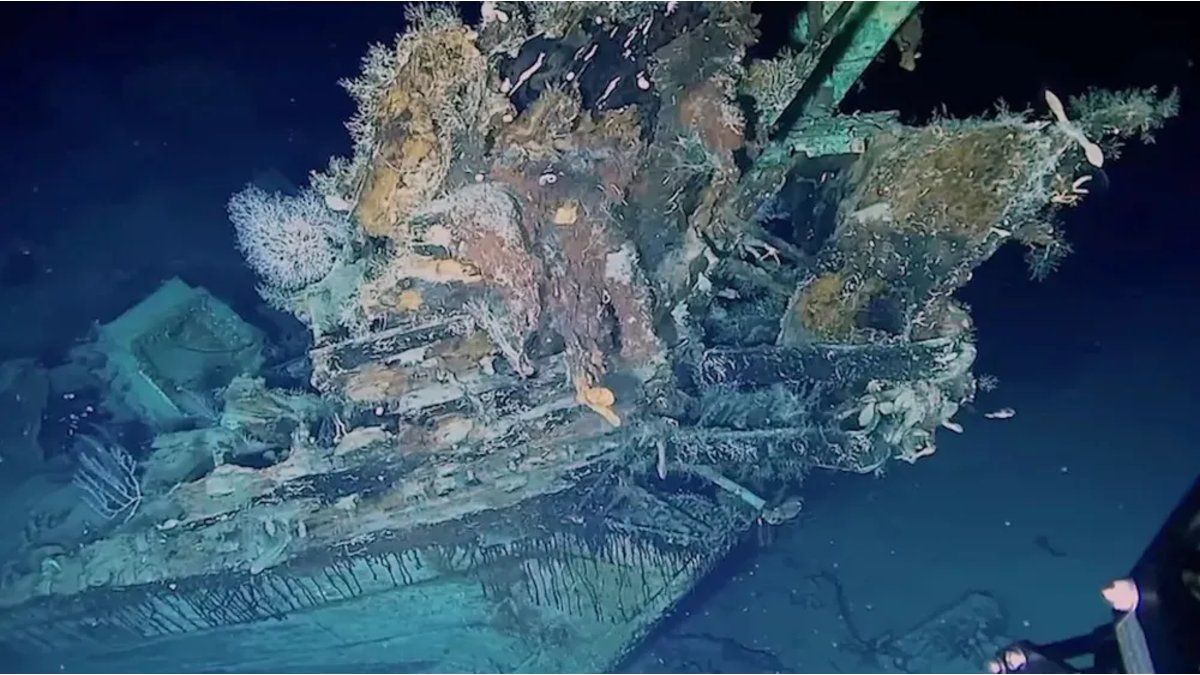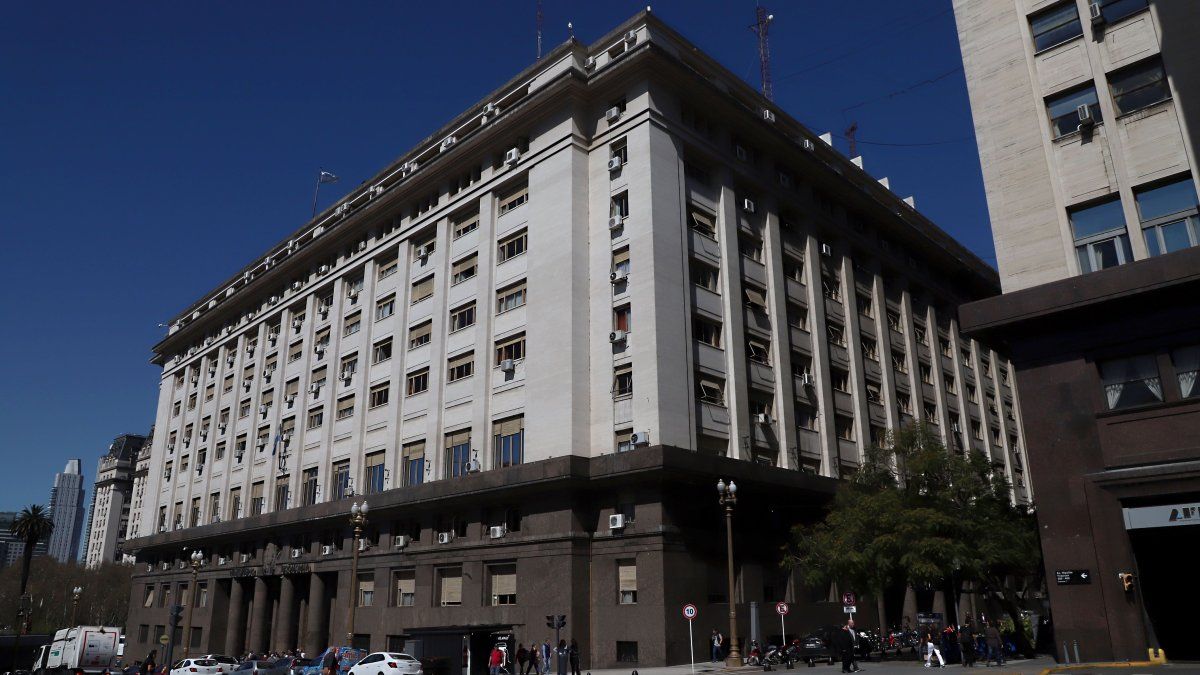Among the objects found are Chinese porcelain of the Kangxi dynasty (1662–1722), cannons with inscriptions of 1665 and colonial coins coined in Lima.
A set of valuable archaeological pieces allowed a group of researchers to definitively identify galleon San Joséthe legendary Spanish ship sunk in 1708 in front of the coast of Colombian Caribbean. Among the objects found stand out Chinese porcelain of the Kangxi dynasty (1662–1722), cannons with inscriptions of 1665 and colonial coins coined in Limaall fundamental to confirm the authenticity of the wreck discovered by the Colombia Navy in 2015.
The content you want to access is exclusive to subscribers.
The analysis was published on June 10 in the Magazine Antiquity, and clears the doubts that for years surrounded the finding. Although the exact location of the wreck remains classified, recent studies (including inspections carried out with non -manned underwater vehicles and photogrammetry techniques) They allowed to digitally rebuild the site and examine its content without the need for direct intervention.


Historical finding: confirm the identity of a boat sunk in 1708 against Colombia
One of the most conclusive evidence was the gold coins “Cob”hand of irregular manner coined by hand, among them several with the date of 1707. These coins, of eight shields, were the most valued by the Lima Currency House during the viceregal period. The design presents a cross of Jerusalem On the obverse, flanked by castles and lions, while the reverse shows the pillars of Hercules on waves, a characteristic symbol of said mint. Marks such as the “L” of Lima and the letters “PVA”, abbreviation of Plus ultrathe Spanish imperial motto.
Boat-Spain.png

The San José Galeon, the legendary Spanish ship sunk in 1708 off the coast of the Colombian Caribbean.
He San José It transported a load valued today between 17,000 and 20,000 million dollars, composed of gold, silver and precious stones extracted from the viceroyalty of Peru. His sinking occurred after a confrontation with the British fleet near Cartagena, when he was heading to Europe during the Spanish War of Succession.
Since the 18th century, the Galeon has been the subject of an intense search for treasure hunters and has been the center of a complex legal dispute. Currently, the governments of Colombia, Spain and Peruas well as indigenous communities and the company Sea Search Armada (SSA), which claims to have located the shipwreck zone in 1981 after signing an agreement with Colombia in 1979.
Despite the enormous value of their load, archaeologists insist that any intervention must be carried out with extreme caution. The depth of the wreck (almost 600 meters) and its historical value require that the project progresses slowly and in phases. For now, authorities and scientists opt for non -invasive studies, without physical recovery plans to complete the total characterization of the site and resolve legal disputes.
The history of San José, beyond gold and jewels, constitutes a key testimony of colonial maritime trade, the expansion of the Spanish empire and the looting of resources in Latin America. His finding not only revives interest in submerged treasures, but also raises questions about the property of the historical heritage and the future of its preservation.
Source: Ambito




